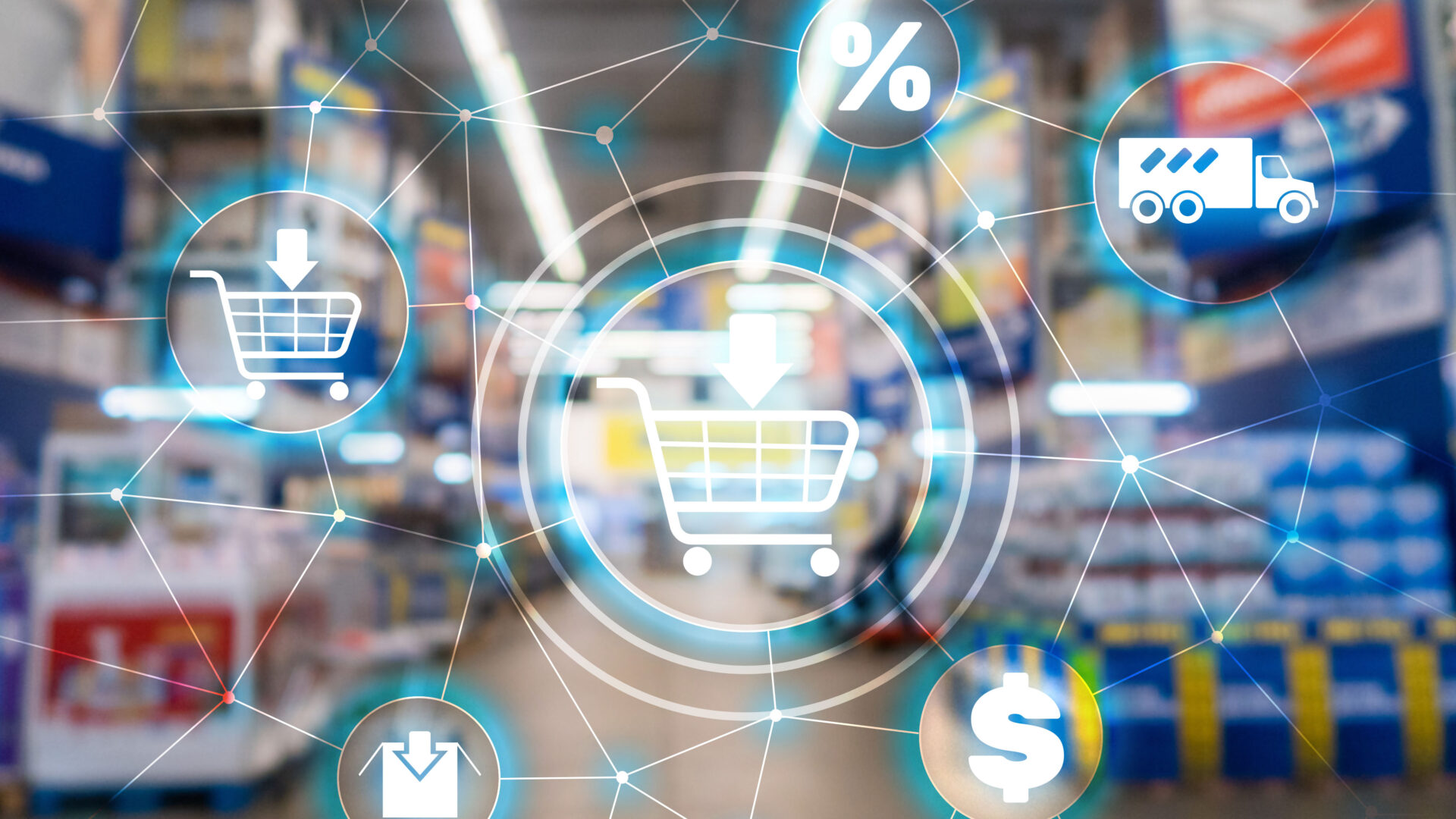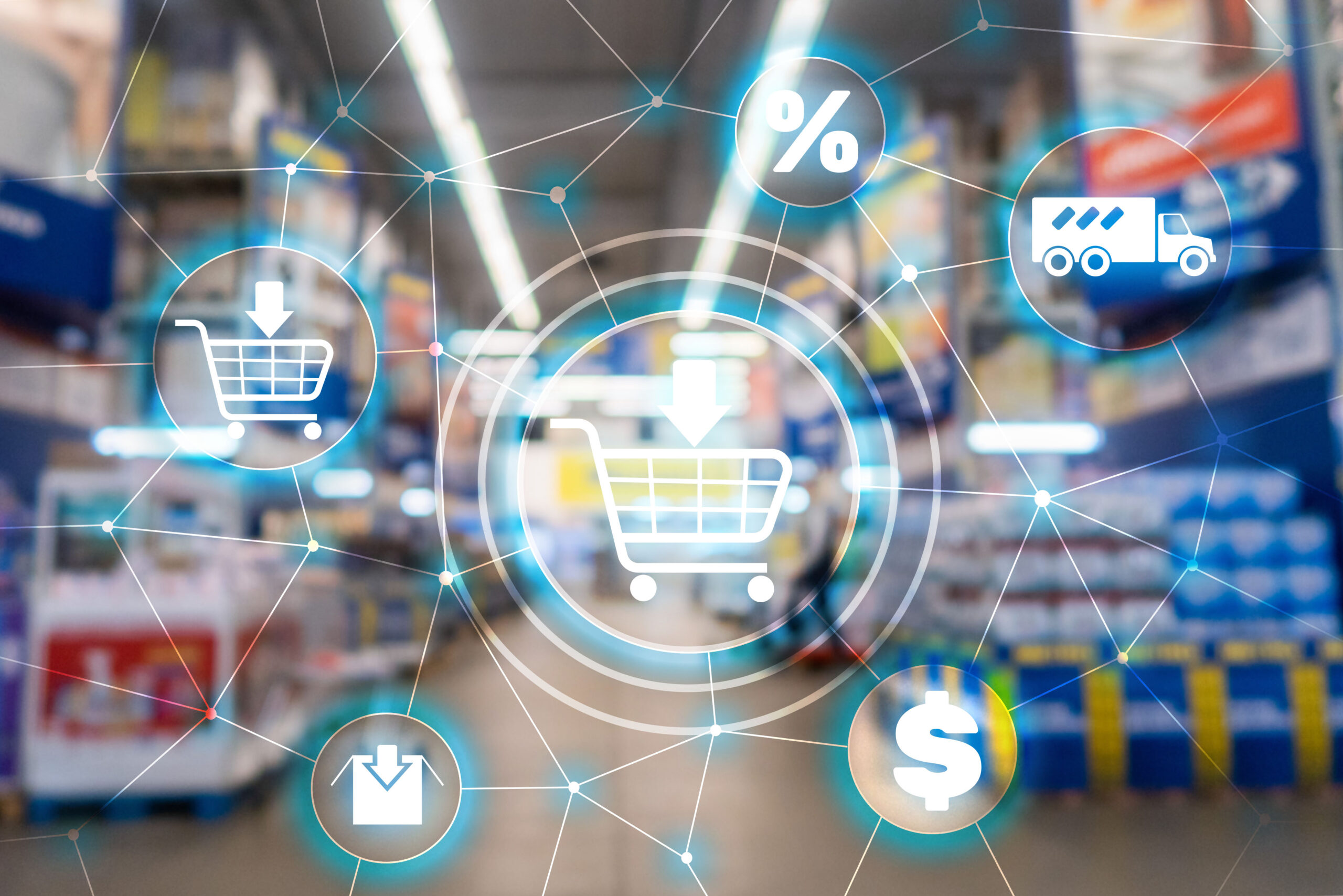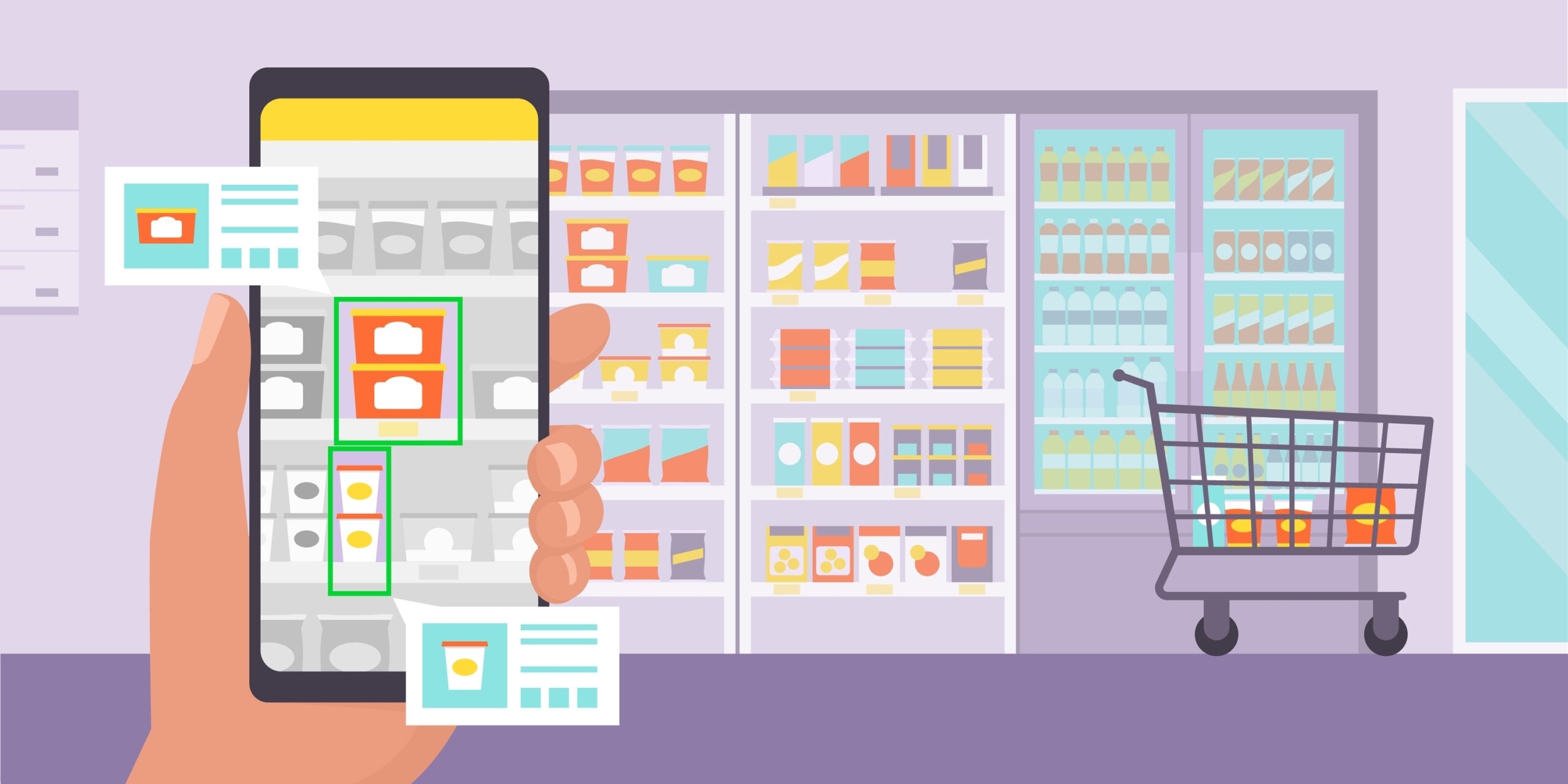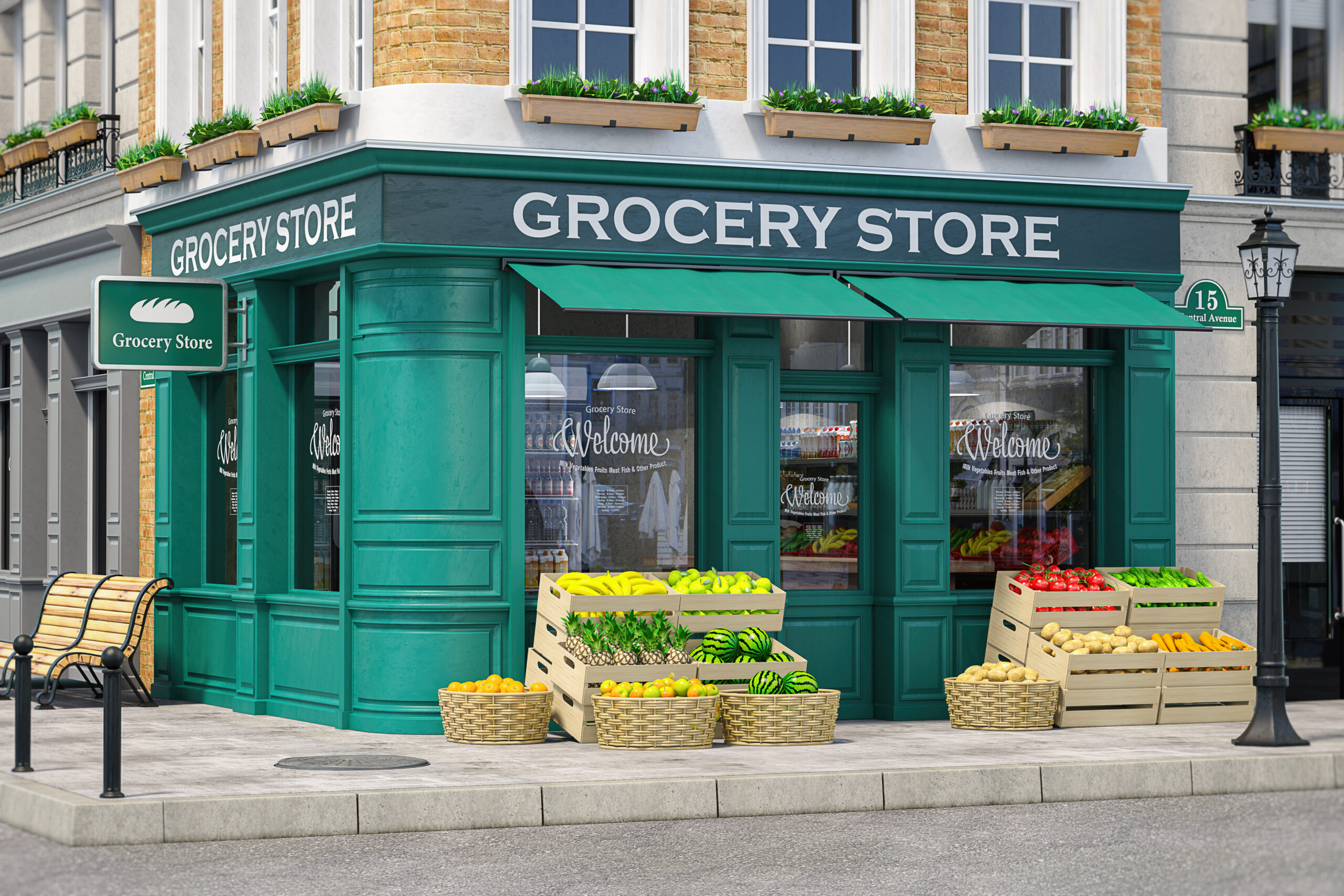Store layout and design are crucial elements of business strategy in the retail industry, directly influencing customer experience and driving sales. Retailers are turning to the transformative power of retail visualization to optimize these aspects. This blog explores the significance of retail visualization in store planning and merchandising, leveraging cutting-edge technologies like virtual reality (VR) and data analytics.
By integrating merchandising, pricing strategies, and data insights, retailers can make informed decisions, create immersive shopping experiences, and visualize the impact of design choices. In this blog, we’ll uncover the business value of retail visualization and how it is revolutionizing store layouts and driving business outcomes.
Understanding retail visualization
Retail visualization is the visual representation of store layouts and designs to enhance planning and merchandising strategies. It allows retailers to visualize their physical spaces, optimize product placements, and create engaging shopping experiences. Various methods of retail visualization exist, ranging from traditional approaches to cutting-edge technologies.
Traditional methods, such as floor plans, blueprints, and 2D mock-ups, have long been used to conceptualize store layouts. While these methods offer a basic understanding of spatial arrangements, they need more realism and interactivity to make real-time informed decisions.
In contrast, computer-generated 3D visualizations have emerged as a more advanced approach. By leveraging powerful rendering software, retailers can create realistic representations of store environments. These 3D visualizations enable stakeholders to walk through the space virtually, assess product placements, and test different layouts to optimize the customer journey.
Furthermore, modern technology, specifically VR, has revolutionized retail visualization. VR immerses users in a digital environment that simulates real-world scenarios, allowing retailers to experience their store designs firsthand. This real-time interactivity enhances decision-making, facilitates collaboration, and provides valuable insights into customer behavior.
Retail visualization becomes even more critical in today’s evolving retail landscape, where e-commerce thrives. It enables retailers to bridge the gap between physical and online shopping experiences, ensuring consistency and synergy across channels. By harnessing the power of retail visualization, retailers can create cohesive brand experiences that resonate with customers, whether they shop in-store or online.
The benefits of VR for retail visualization
VR technology has revolutionized retail visualization, offering a range of advantages that optimize store planning, merchandising, and the overall customer journey. By leveraging VR in retail, retailers can unlock valuable insights, streamline decision-making, and enhance business outcomes through data-driven strategies. Let’s look at some of the biggest benefits:
- Enhanced immersion and realism in store simulations: VR enables retailers to immerse themselves in virtual store environments, experiencing them as if they were physically present. This heightened sense of immersion allows retailers to assess the spatial arrangement, fixture placement, and product positioning from various perspectives, ensuring optimal store layout and design.
- Accurate representation of store layout and design: VR provides an accurate and detailed model of the store’s physical structure, enabling retailers to visualize the exact placement of fixtures, shelving units, and merchandise. With this precise visualization, retailers can identify potential bottlenecks, optimize customer flow, and strategically position products for maximum impact.
- Improved decision-making for store planning and merchandising: By leveraging VR, retailers can virtually test different store layouts, signage options, and product placements before implementing them. This enables data visualization of different scenarios and metrics, empowering retailers to make informed, data-driven decisions regarding store optimization and merchandising strategies.
- Cost and time savings in the design process: VR eliminates the need for physical prototypes, reducing expenses associated with creating and modifying store layouts. The iterative design process becomes faster and more efficient as retailers can make real-time changes in the virtual environment, leading to significant cost and time savings.
Retailers can gain valuable business intelligence and make data-driven decisions by utilizing VR and data visualization tools. They can analyze retail data, key performance indicators (KPIs), and customer journey metrics within the virtual environment, allowing for optimized store layouts and merchandising strategies.
With the power of VR, retailers can create immersive shopping experiences, drive customer engagement, and unlock new insights to stay ahead in the competitive retail landscape. Integrating data visualization and VR technology empowers retailers to make informed decisions, enhance operational efficiency, and deliver a seamless and captivating shopping experience for their customers.
Retail visualization for store compliance
Retail visualization can be a game-changer when it comes to ensuring store compliance. By harnessing the power of technology and visual representation, businesses can effectively monitor and maintain store compliance standards. This section will explore retail visualization and its benefits, strategies, and best practices for achieving and sustaining store compliance.
Importance of store compliance in merchandising execution
Ensuring store compliance is vital in merchandising plans, maintaining brand standards, and delivering a seamless customer experience. Retail companies can create a cohesive and unified brand presence across locations by upholding store compliance, building brand recognition, and reinforcing customer loyalty.
Challenges in understanding complex merchandising guidelines
Store employees often encounter challenges when comprehending complex merchandising guidelines. These challenges may arise due to the intricate nature of the policies, their specific requirements, and the constant changes in merchandising strategies. Misunderstandings or misinterpretations can lead to discrepancies and inconsistencies in executing the merchandising plans, negatively impacting the customer experience and overall business performance.
The role of visualization tools in ensuring store compliance
When it comes to store compliance, it is essential to explore the significant role that visualization tools have and how they empower businesses to maintain high standards, streamline processes, and drive operational excellence.
Detailed 3D visualizations for enhanced understanding
To overcome challenges in understanding complex merchandising guidelines, retail companies can leverage detailed 3D visualizations. These visualizations provide a realistic and comprehensive representation of the desired store layout, fixture placements, and product positioning. Using advanced rendering techniques, retail visualization tools can create immersive and accurate 3D environments that closely resemble physical stores.
Through detailed 3D visualizations, store employees gain a deeper understanding of how the merchandising setup should appear. They can visualize the spatial arrangement, fixture placements, and product organization from various perspectives. This enhanced understanding enables them to execute merchandising plans precisely, ensuring compliance with the guidelines and optimizing the overall store layout.
Clear visual instructions for accurate execution
In addition to detailed 3D visualizations, clear visual instructions are crucial in ensuring the accurate execution of merchandising plans. These instructions explicitly guide product placement, shelf organization, signage placement, and other merchandising elements. They serve as a reference for store employees, enabling them to follow the guidelines accurately and consistently across different locations.
Visual instructions can be annotated images, diagrams, or step-by-step guides. Retail companies can minimize errors and confusion in product placement and display setup using visual cues like arrows, labels, or color-coded indicators. Clear visual instructions enhance communication and alignment between head office and store employees, improving store compliance and a cohesive brand image.
Virtual walkthroughs and interactive training modules for familiarization
To further enhance store compliance, virtual walkthroughs and interactive training modules can be utilized. Virtual walkthroughs allow store employees to navigate through a virtual representation of the store, experiencing its layout and design in a simulated environment. This immersive experience provides valuable familiarity with the merchandising plan, ensuring a better understanding of the intended customer journey and the placement of various products and displays.
Interactive training modules complement virtual walkthroughs by offering in-depth training on merchandising guidelines and strategies. These modules can incorporate quizzes, simulations, and real-world scenarios to engage store employees and reinforce their knowledge of the merchandising plan. By providing interactive and hands-on learning experiences, retail companies can reduce training time and the learning curve for new employees while maintaining consistent store compliance.
Benefits of retail visualization for store compliance
Implementing retail visualization tools for store compliance offers several significant advantages:
- Improved accuracy in executing merchandising guidelines: Retail visualization enables store employees to visualize and understand the desired merchandising setups accurately. This understanding enhances accuracy in managing merchandising guidelines, reducing discrepancies and inconsistencies in store layouts and product placements.
- Reduced training time and learning curve: By utilizing visualizations and interactive training modules, retail companies can streamline the onboarding process for new employees. The immersive and interactive nature of these tools reduces training time. It facilitates quicker familiarity with the merchandising plan, resulting in more efficient store compliance.
- Enhanced communication and collaboration: Retail visualization tools foster better communication and collaboration between head office and store employees. Clear visual instructions and virtual walkthroughs ensure that everyone involved in merchandising understands the strategy and objectives. This collaboration leads to improved store compliance and more cohesive execution of merchandising plans.
Retail visualization tools, including detailed 3D visualizations, clear visual instructions, virtual walkthroughs, and interactive training modules, are instrumental in ensuring store compliance. By providing a visual representation of the desired store layout, these tools enhance understanding, reduce errors, and facilitate the accurate execution of merchandising guidelines.
Upgrading your retail visualization approach with InContext’s ShopperMX
InContext Solutions, a leader in retail visualization, offers an advanced VR tool called ShopperMX that empowers retailers to elevate their store planning and merchandising decisions. With ShopperMX, retailers can harness the power of digital twin technology, revolutionizing their approach to in-store planning through retail visualization.
ShopperMX allows retailers to visualize their store layouts in a dynamic and interactive virtual environment. This level of visual simulation enables retailers to excel in optimizing the customer journey, driving sales, and enhancing overall store performance.
By partnering with InContext and utilizing the powerful VR tool, ShopperMX, retailers can elevate their retail visualization capabilities, optimize store layouts, and unlock the full potential of store planning and merchandising.
Take advantage of the opportunity to join leading retailers who have embraced advanced retail visualization. Contact InContext today to learn how ShopperMX can transform your store planning and merchandising strategies into a dynamic and data-driven success story.





